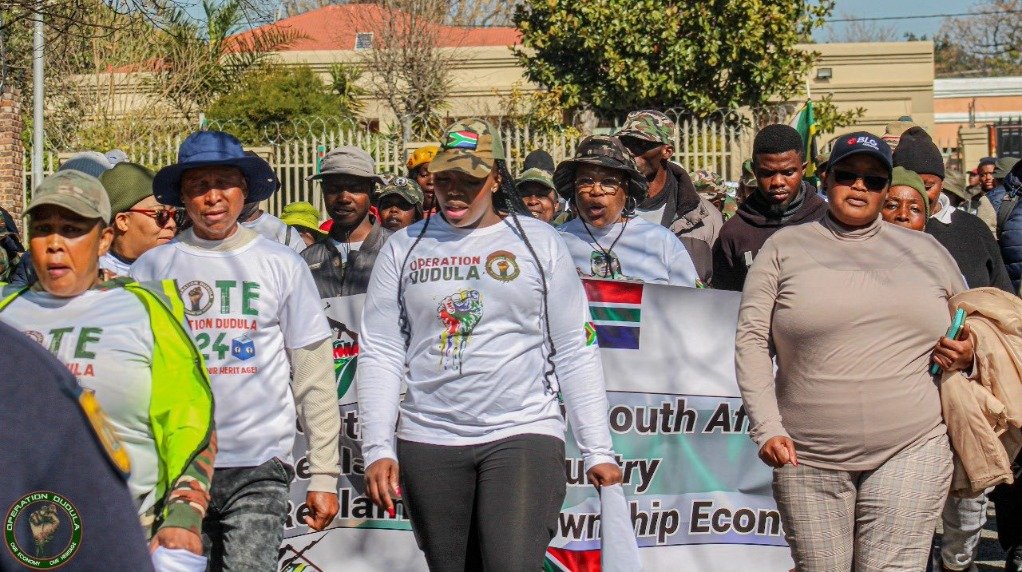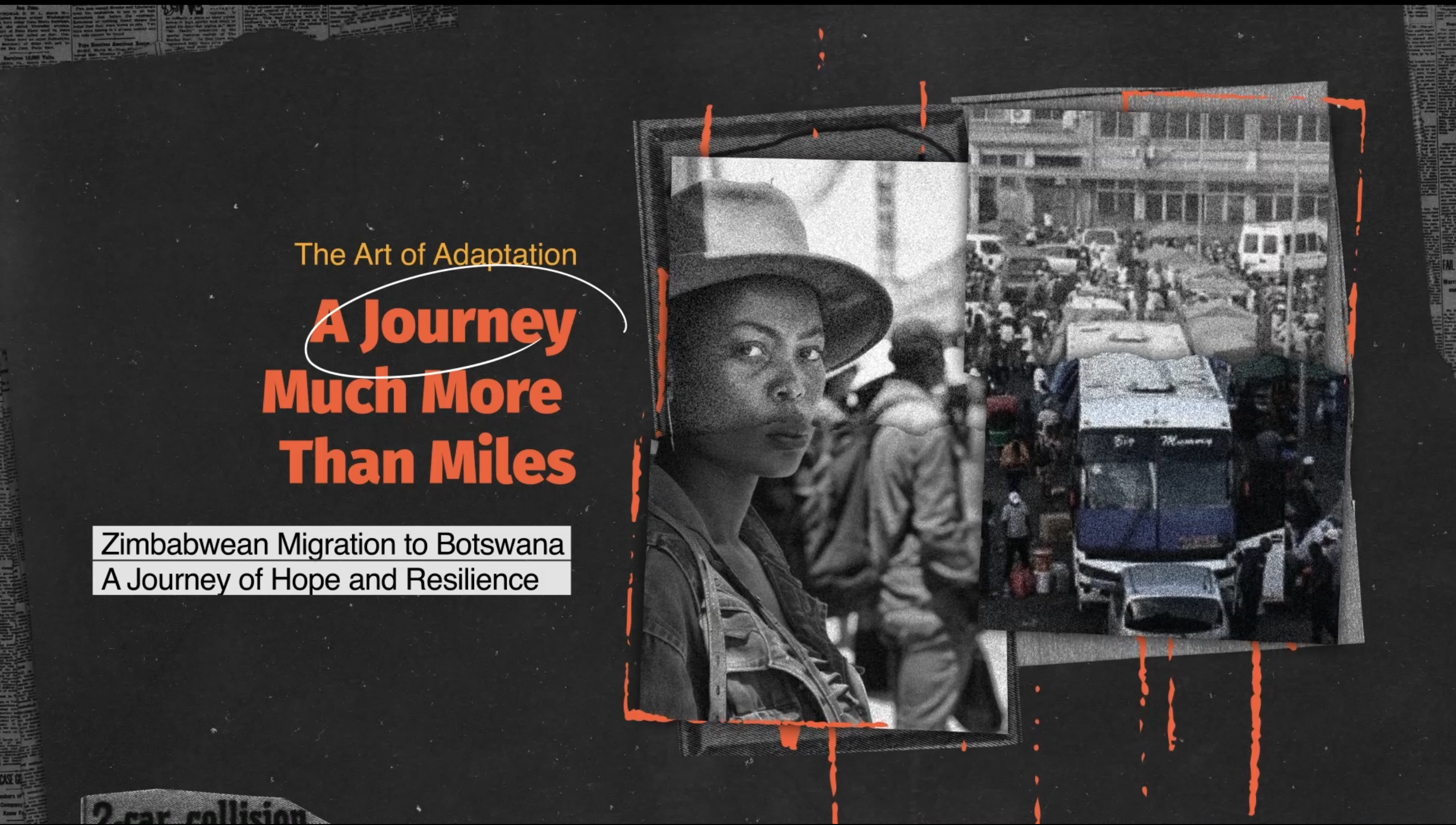Layers of (Un)Belonging: Zine-Art Research with Migrant Youth Leaving Alternative Care in Cape Town
"I do not feel I belong anywhere. I do not belong here, I am not from here. I am nowhere. I am not from this country. I am not from this planet. I just feel like I do not belong anywhere." These words, written by Rebecca on the last page of her ‘zine’, capture the profound alienation felt by many young migrants navigating life after leaving alternative care. Rebecca, 17, born in the Democratic Republic of Congo (DRC), came to...

Operation Dudula Ruled Unlawful: What the Court Decided
The South African High Court ruled that Operation Dudula’s actions are unlawful and unconstitutional, affirming that only police and immigration officers may request identity documents. The court has interdicted Operation Dudula and its leaders from demanding passports, intimidating or assaulting foreign nationals, engaging in hate speech, blocking access to healthcare or schools, unlawfully evicting people, interfering with traders or employment, and inciting others to do so. Operation Dudula must inform all its members of the ruling....

The Scapegoat Syndrome: Immigration, Inequality, and the Governance Gap
Liberal democracies have endured a series of cascading crises over recent decades from 9/11 and the financial crash to the pandemic, climate pressures, and geopolitical fragmentation. These crises have challenged their ability to govern in an increasingly complex world. In this climate of insecurity, immigration has become a potent scapegoat, symbolizing frustrations tied to economic strain, cultural change, and the perceived failures of globalization. Politicians and online movements exploit this narrative by portraying migrants as invaders and...

Crossing Borders: Redefining African Migration Through Storytelling
In an attempt to provide a human-centered understanding of African migration through film, I, Itumeleng Morake, founded Final Frame, a Gaborone-based production company dedicated to telling diverse and impactful African stories. As a Move Africa Data Storytelling Fellow, I have been trained to explore the power of data-driven narratives that reshape perceptions of migration, not from the outside looking in, but through the authentic voices of those living these experiences.

South Africa's National Dialogue: A Model for Inclusive Governance?
South Africa is undertaking an ambitious experiment in participatory democracy. The National Dialogue a six-to-nine-month process initiated by President Cyril Ramaphosa aims to bring together diverse voices from across the country to shape a collective vision for the nation's future. After a successful National Convention in August 2025 that brought together delegates from multiple sectors, the process is now moving toward the appointment of a Steering Committee that will guide public dialogues nationwide. Twenty-six sectors have nominated representatives...

Invisible Labour, Visible Impact: Rethinking Migration Policy and Precarity in South Africa
Migrant workers in South Africa’s domestic service, agriculture, and construction sectors form the unacknowledged backbone of the economy. They build homes, harvest food, and sustain households, yet their contributions remain largely invisible in national discourse. Despite recent policy reforms and research initiatives, systemic exploitation, insecure legal status, and limited access to social protection continue to define their daily realities. Promise and Pitfalls of Policy Reform The newly approved


